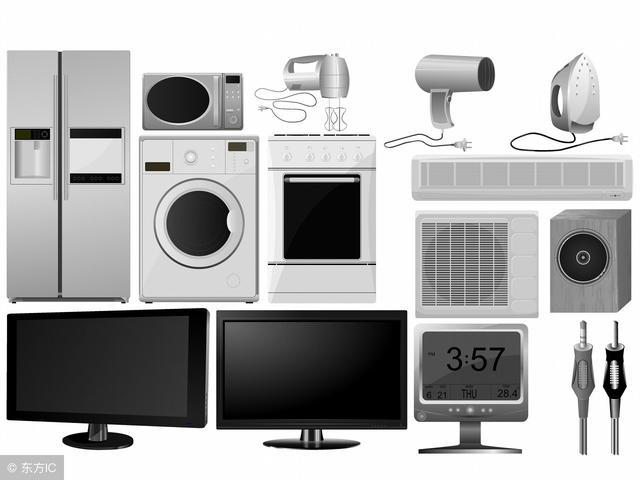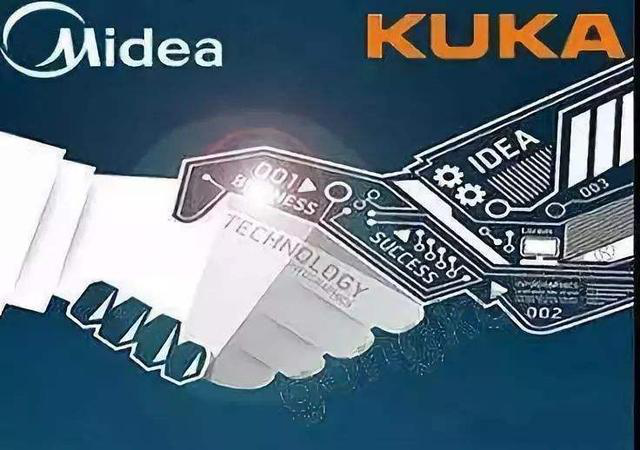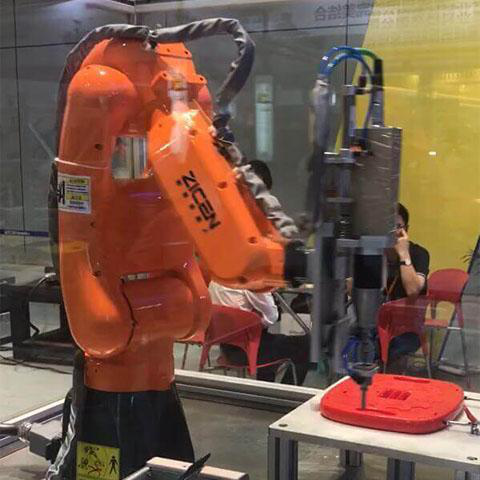- All
- Product Management
- News
- Introduction
- Enterprise outlets
- FAQ
- Enterprise Video
- Enterprise Atlas

Hotline 19928718048

The home appliance industry is undergoing transformation, with smart equipment coming into play!
Classification:
Home Appliance Assembly
Author:
Source:
Release time:
2019-01-10
Visits:
1
Did you know? Home appliances also come in different colors!Usually, what we see in our daily lives are mostly white home appliances. In fact, just seeing the words "white home appliances" reminds one of Japanese brands like Panasonic and Fuji.In Japan, they actually refer to home appliances as "white home appliances". Generally speaking, white home appliances are products like washing machines, refrigerators, and air conditioners that make life easier and improve the quality of life. Where there is white, there is black; besides white home appliances, there are also black home appliances, which generally refer to products that provide entertainment experiences, such as color TVs and game consoles.

In addition to black and white, there are also beige home appliances and green home appliances. Beige home appliances mostly refer to energy-efficient products like computers and information technology. Green home appliances are closely related to the currently advocated green economy, which can achieve environmental protection and can be recycled.

In the past few years, China's home appliance market has also experienced wave after wave of peaks, but this year the home appliance industry has gradually begun to decline. The reasons are none other than market demand and technological differences. In the face of this dilemma, domestic home appliance giants like Midea, Gree, and Haier are also actively seeking change.The most drastic transformation during this process, I think, should be Midea.
Midea's business is mainly focused on small home appliances, and in the past few years, Midea's revenue from small home appliances has been astonishing. However, in 2010, Midea's annual revenue first broke through 100 billion yuan, and the celebration for this milestone was unprecedented. However, founder He Xiangjian and his successor Fang Hongbo have already begun to reflect on whether the old path of "large scale and low cost" can be sustained.It is under this guiding thought that Midea began to think. Starting from 2011, Midea began its transformation and accumulated a large amount of its own funds. Having money alone without planning and laying the groundwork in advance will not accomplish much. After the "Made in China 2025" plan was announced in 2015,
Midea entered the industrial field as an outsider, first establishing a joint venture robot company with Japan's Yaskawa to test the waters, and later acquiring KUKA, which completely shook the entire industry!This move also led the home appliance industry to welcome what is known as intelligent manufacturing. More and more companies began to learn from domestic leading enterprises about intelligent manufacturing and the model of automated factories. In this wave, more and more domestic intelligent equipment began to rise, and there were also more and more cases of robots combined with intelligent equipment.The above image is a demonstration of a six-axis robot paired with an AIRT intelligent screwdriver for tightening screws in home appliances. Through the flexible movement of the six-axis robot, the AIRT screwdriver is precisely moved to the corresponding position, and the AIRT screwdriver efficiently and accurately tightens each screw through servo control technology. The combination of industrial robots with intelligent equipment greatly enhances the quality and production efficiency of home appliance products.

此举之后也是带动着家电行业迎来了所谓的智能制造。越来越多的企业开始向国内领军企业学习智能制造,自动化工厂这种模式。在这种大浪潮之下,越来越多的国产智能装备开始崛起,也出现了越来越多的机器人与智能装备结合的案例。
上图便是六轴机器人搭配上艾而特智能螺丝刀的一个家电螺丝拧紧的演示。通过六轴机器人灵活的运动,将艾而特螺丝刀精准移动到对应的位置,艾而特螺丝刀通过伺服控制技术,高效、精准拧好每一颗螺丝。这种工业机器人同智能装备的结合极大地家电产品的质量以及生产效率。
Key words:

